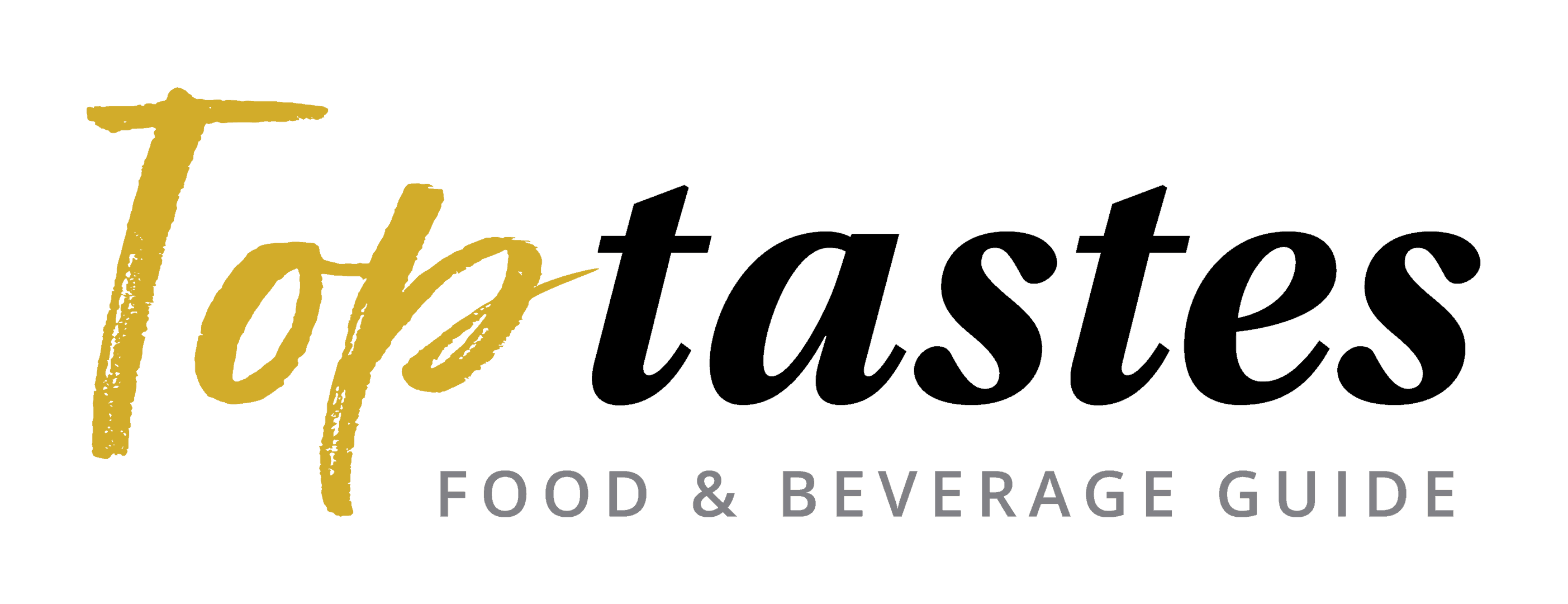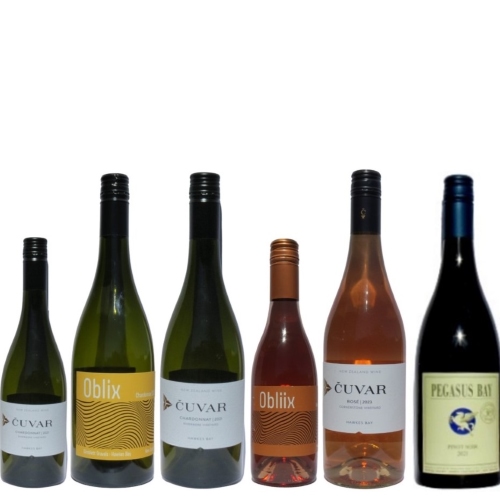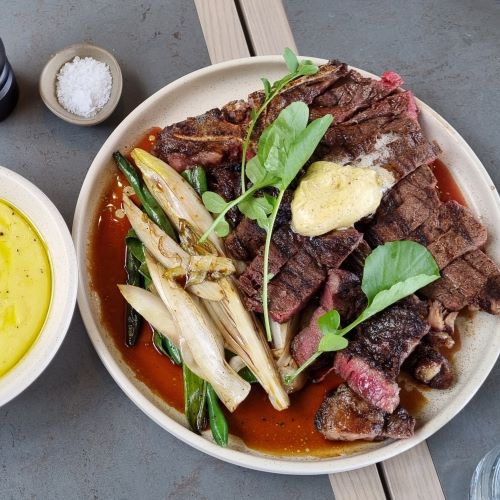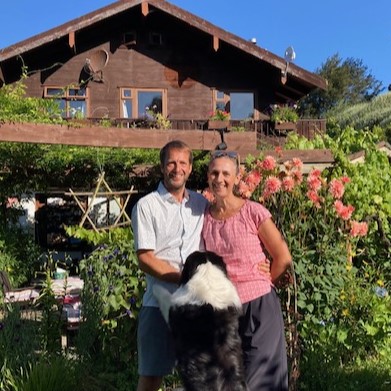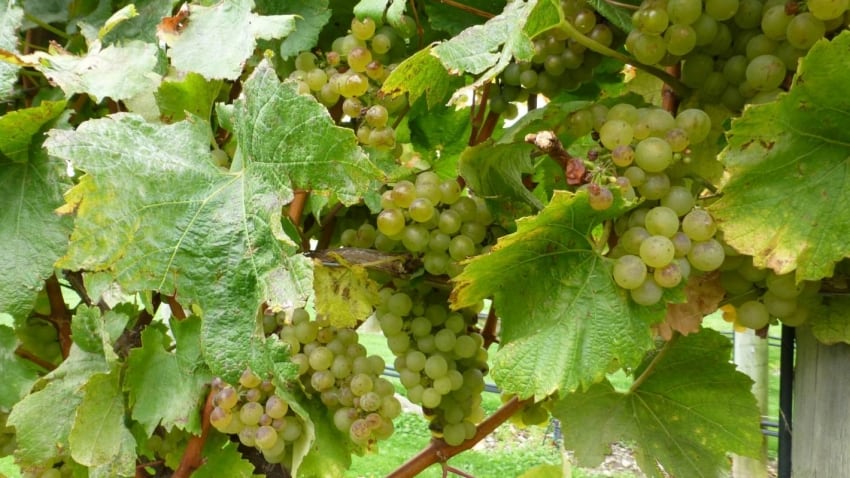
Some challenges for the 2019 wine vintage
As I spent a little time talking with wine-grape growers in recent weeks it has become even more obvious climate change is making life interesting for this industry.
In early January I wrote about some of the challenges climate change is delivering and in that column I talked about the three ex-tropical cyclones that impacted the region during the 2018 vintage; this year it is all about the big dry and dramatic fires as ex-tropical cyclone Oma skirted around the Nelson region.
The light rain on Sunday did little more than wet the surface of the ground, there certainly wasn’t enough rain to have any impact at all on the severe drought conditions facing the region and not enough to cause any issues in vineyards.
The biggest challenge grape growers have faced is keeping vines and bunches of ripening grapes hydrated enough so if rain does hit the skins of the grapes will be flexible enough to handle the water and not split then rot on the vines.
Those with access to even a small amount of water will be fine but those with totally unirigated vineyards may face a few challenges if we do get the big dump of rain the region so desperately needs.
On the other hand, the small berries in the bunches of grapes will deliver incredible flavour concentration when they are harvested and turned into glasses of delicious wine. The total volume of wine made this year may be less than in previous years, simply because the berries are smaller than average as a result of the lack of water, but I am predicting the wines made will be outstanding.
Climate change is bringing other challenges for growers too; they are starting to see more downy mildew in their vineyards and that means more cost to control it and I am sure that, as time goes by, we will see different bugs and vine diseases appear here, bugs and diseases normally associated with warmer climates.
The other talking point this vintage has been the devastating fires that burned through about 2500 Ha of forest, bush and pasture in recent weeks, this is a fire that is going to take many weeks and possibly months to totally extinguish unless we get a lot of rain very soon.
For growers in the vicinity of the fires a risk they faced that most people wouldn’t have even considered is smoke taint in the fruit.
Let’s be very clear upfront, smoke taint is highly unlikely to be an issue with wines made in the region this year, the smoke simply didn’t hang around long enough to cause damage thanks to the regions very reliable afternoon sea breezes.
A lot of research has been carried out in Australia and California where raging bush fires regularly engulf thousands of hectares of land, where wind doesn’t blow the smoke away and where it can hang around for weeks on end.
One local viticulturist told me that badly smoke tainted wines taste like licking a wet ash tray, I will leave you to decide how he knows what a wet ash tray tastes like, and a bit of rain won’t wash the smoke molecules off the grapes before they are absorbed into the fruit.
So what is smoke taint in wine?
The Australian Wine Research Institute (AWRI) says “The compounds in smoke primarily responsible for the taint are the free volatile phenols that are produced when wood is burnt. These can be absorbed directly by grapes and can bind to grape sugars to give glycosides that have no smoky aroma. Often these glycosides are described as smoke taint precursors. During fermentation (and also over time in barrel or bottle) these glycosides can break apart, releasing the volatile phenols into the must or wine, and allowing the smoky flavour to be perceived. These glycosides can also release the volatile phenols in the mouth during the drinking of wine, which may contribute to the perception of smoke taint.”
Research carried out by the Western Australian Government Department of Agriculture says “Smoke exposure to grapevines and the development of smoke-related characteristics in resultant wines is an issue of increasing incidence and severity for the wine industry nationally and internationally. As Australia faces a warming climate with an increase in bushfire incidence, smoke exposure to vineyards is becoming a more regular occurrence.
“Wines made from grapes exposed to smoke during sensitive growth stages can exhibit ‘smoked meat’, ‘disinfectant’, ‘leather’, ‘burnt’, ‘smoky’, ‘salami’ and ‘ashtray’ aromas and flavours. Where unfavourable smoke characteristics are detected by consumers at high concentrations the resultant wine may be unpalatable and unfit for purpose. Unsalable wines result in financial losses for wine producers with costs on-flowing to wine brands, market presence and future wine sales.”
So as the earth warms up, land dries up and we have to rely on the incredible skills of firefighters in our community to deal with the ever-increasing risk of wild fires, smoke taint in wines may become an issue in future decades.
The work being done by research institutes into how to determine whether or not grapes have been exposed to these free volatile phenols in smoke is vital, winemakers need to be able to make wine to continue their businesses but in occasional years may need to just drop the crop on the ground to avoid compromising their brand with consumers. The tests that have been developed to detect the potential for smoke taint are vital to good decision making.
I think the only vineyards at risk as a result of the recent fires in this region this year will be a those very close to the fires and where smoke hung around a little longer than in the rest of the region.
However, the owners of potentially effected vineyards have been offered the assistance from Nelson Winegrowers and possibly NZ Winegrowers to cover the cost of analysis, transport and logistics of sending microvin wine samples to be tested for smoke taint with AWRI and that means potentially smoke tainted fruit can be identified and not used to make wine.
It is the work being done by research institutes and the dedication to absolute quality by winemakers that will ensure potential for smoke tainted wine reaching the bottle you buy will be minimised.
But for the 2019 vintage, that continues with harvest in a week or two, look for some delicious, smoke-free, wines with outstandingly concentrated flavours.
Published in the Nelson Mail 27.02.19
